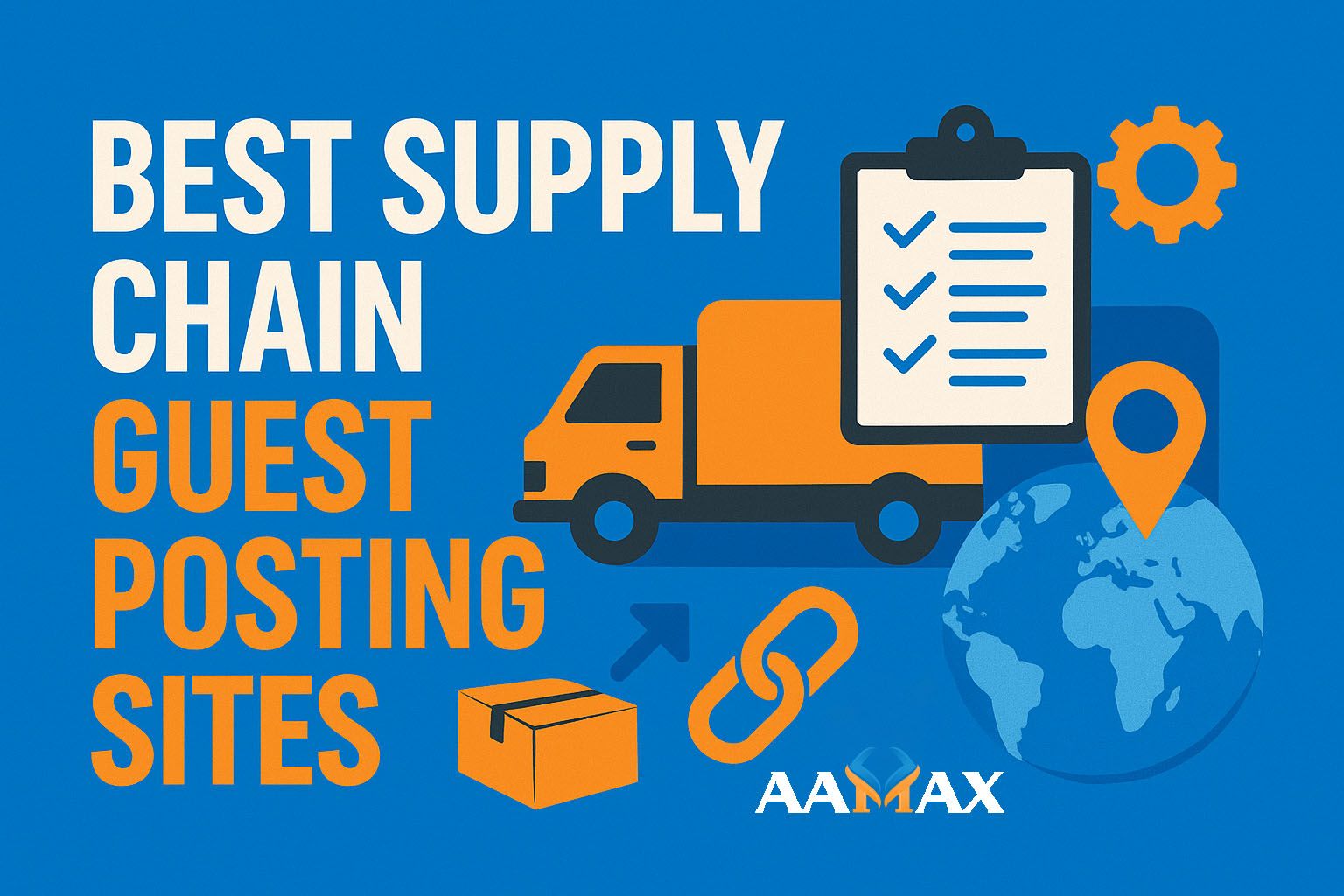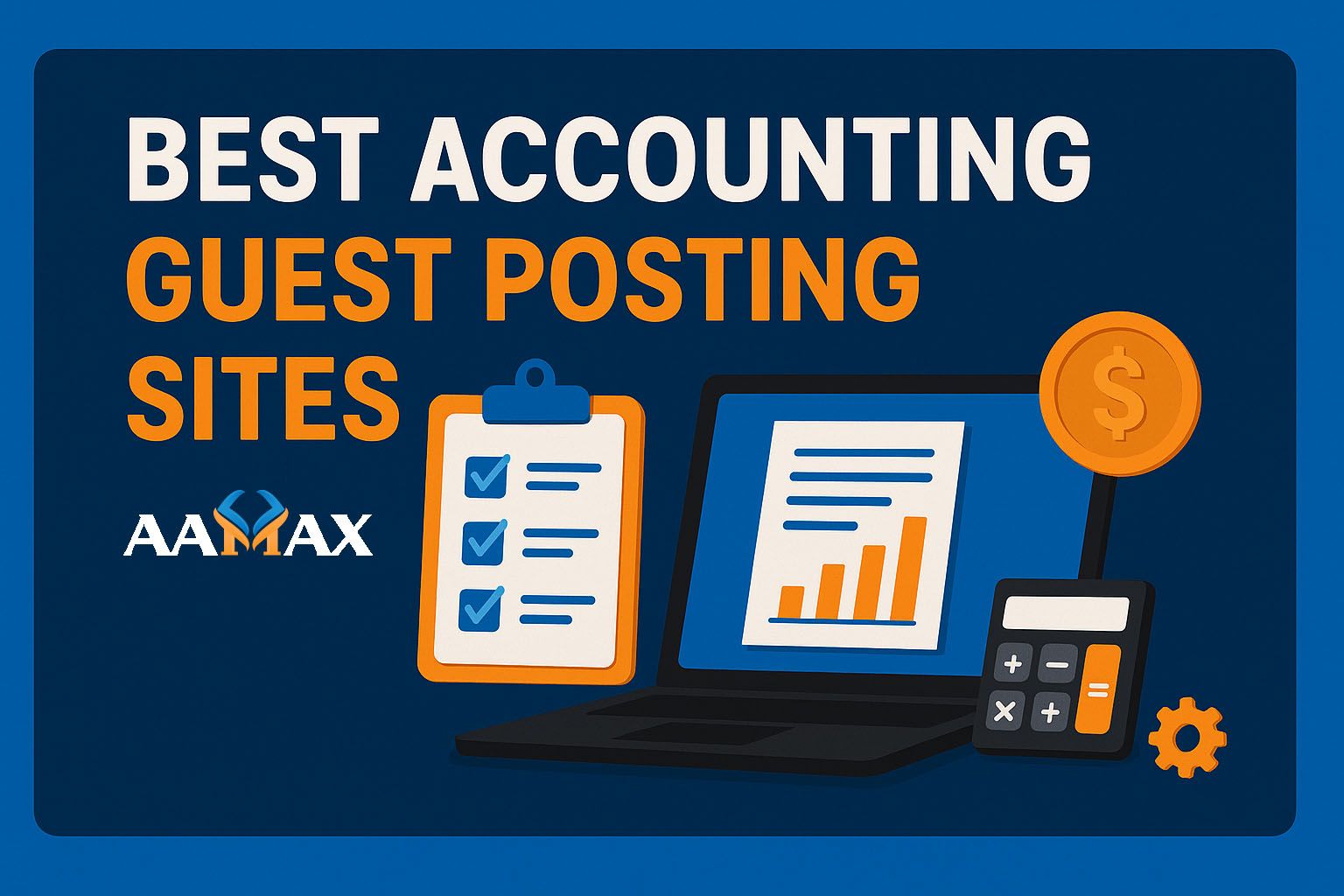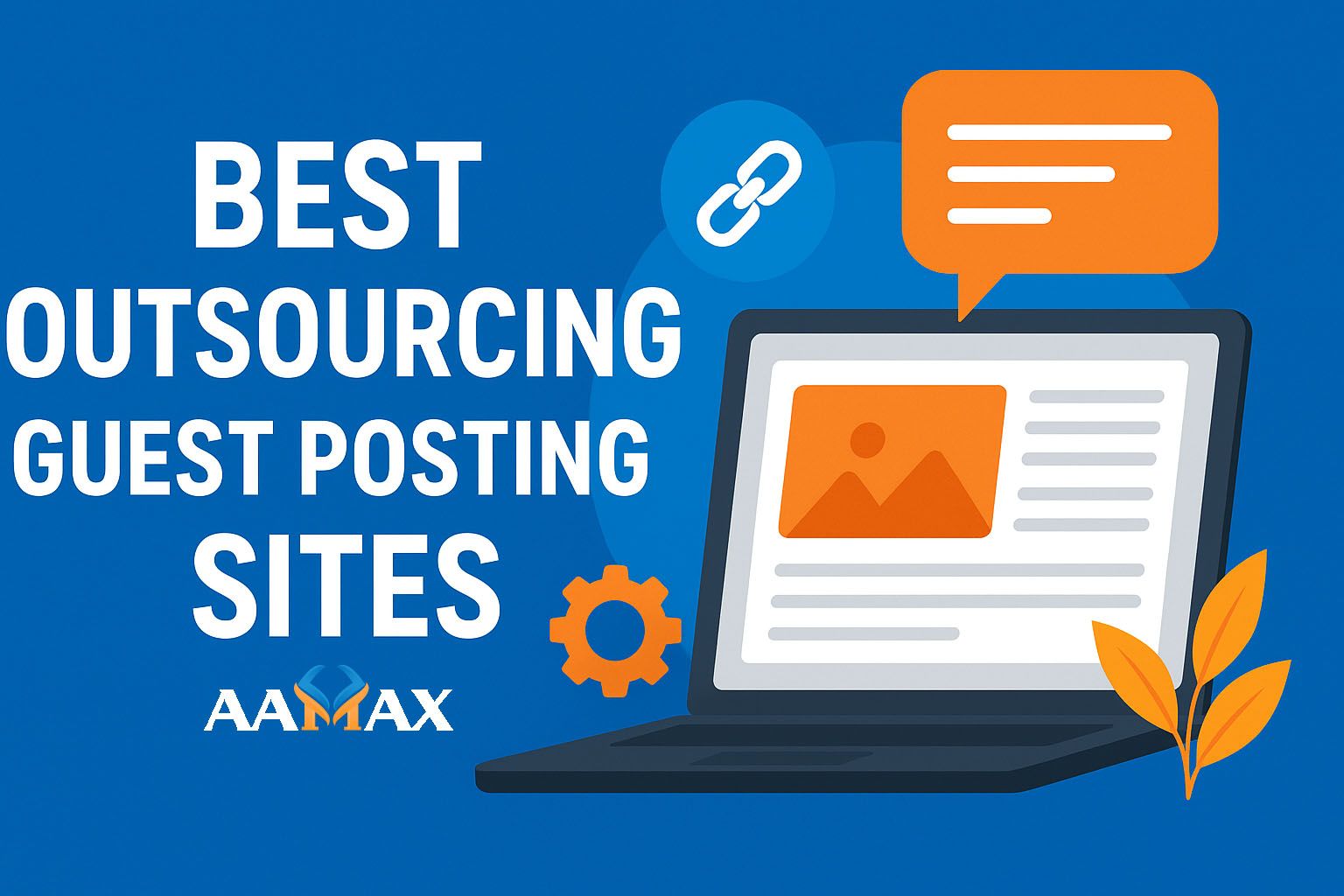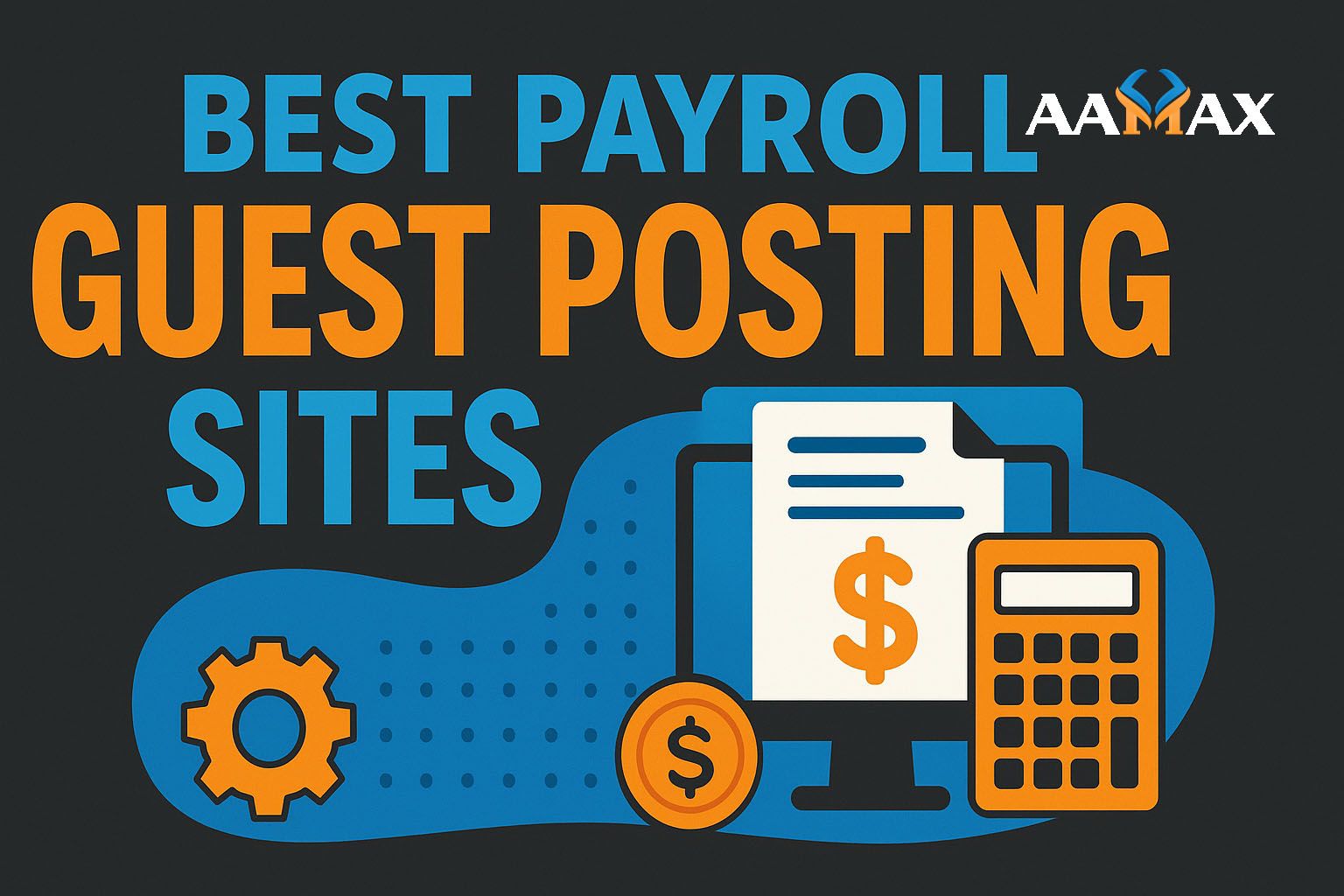![What is Website Conversion? [+5 Ways to Improve Conversions]](https://res.cloudinary.com/dmkou0hmb/image/upload/v1755022768/What_is_Website_Conversion_5_Ways_to_Improve_Conversions_a0ba367021.jpg)
What is Website Conversion? [+5 Ways to Improve Conversions]
In the digital marketing world, attracting visitors to your website is only half the battle. The real victory lies in turning those visitors into customers, subscribers, or leads. This process is known as website conversion — a critical metric that determines how effective your website is at driving business results.
In this guide, we’ll explore what website conversion means, why it’s important, and five proven strategies to boost your conversion rates.
What is Website Conversion?
A website conversion occurs when a visitor to your site completes a desired action. This action can vary depending on your business goals. Examples include:
- Making a purchase
- Filling out a contact form
- Signing up for a newsletter
- Downloading an eBook
- Booking a consultation
- Requesting a quote
Your conversion rate is the percentage of total visitors who complete the desired action. For example, if 1,000 people visit your website and 50 make a purchase, your conversion rate is 5%.
Why Website Conversion Matters
High traffic is valuable, but it’s only meaningful if it leads to measurable results. Without conversions, your marketing efforts won’t generate a return on investment (ROI).
Here’s why website conversion is critical for your business:
- Maximizes ROI – Higher conversions mean more revenue without increasing traffic.
- Improves Marketing Efficiency – You get better results from the same marketing spend.
- Strengthens Customer Relationships – Many conversions (like newsletter signups) build long-term engagement.
- Provides Actionable Data – Tracking conversions helps identify what’s working and what needs improvement.
- Drives Business Growth – More conversions equal more leads, sales, and opportunities.
In short, conversions turn your website from a digital brochure into a business growth engine.
Types of Website Conversions
Conversions can be divided into two main types:
1. Macro Conversions
These are the primary goals of your website, directly tied to revenue or core business objectives. Examples include:
- Completing a purchase on an e-commerce site
- Booking a service appointment
- Requesting a free trial
2. Micro Conversions
These are smaller, supportive actions that lead users toward macro conversions. Examples include:
- Signing up for a newsletter
- Watching a product demo video
- Adding a product to a wishlist
- Downloading a free resource
Both macro and micro conversions are important because they reflect how effectively your site engages and moves users through the sales funnel.
How to Measure Website Conversions
Measuring conversions is essential to understand performance and identify areas for improvement. Common tools include:
- Google Analytics – Tracks form submissions, purchases, and other conversion events.
- Heatmaps (Hotjar, Crazy Egg) – Show how visitors interact with your site.
- CRM Integration – Connects conversion data to customer relationship management systems.
To calculate your conversion rate, use the formula:
Conversion Rate = (Number of Conversions ÷ Total Visitors) × 100
Example:
If you had 200 conversions from 4,000 visitors:
(200 ÷ 4,000) × 100 = 5% conversion rate
5 Ways to Improve Website Conversions
Improving website conversions involves a mix of design, content, and user experience enhancements. Here are five proven methods:
1. Optimize Your Website for Speed and Performance
A slow website can ruin user experience and drive visitors away before they convert. Research shows that a 1-second delay in page load can reduce conversions by 7%.
Tips:
- Use a fast, reliable hosting provider
- Compress images without losing quality
- Minimize CSS and JavaScript files
- Enable browser caching
2. Create Compelling Calls-to-Action (CTAs)
A strong CTA tells visitors exactly what to do next — whether it’s "Buy Now," "Sign Up," or "Get Your Free Quote."
Best Practices:
- Make CTAs visually distinct with contrasting colors
- Use action-oriented language (e.g., "Start Your Free Trial Today")
- Place CTAs strategically throughout your site (above the fold, end of blog posts, product pages)
3. Improve Your Website’s Design and Navigation
First impressions matter. A cluttered or confusing layout can lower trust and hurt conversions.
Tips:
- Use a clean, mobile-friendly design
- Make navigation intuitive and easy
- Keep forms short — only ask for essential information
- Ensure important pages are no more than three clicks away
4. Build Trust and Credibility
People are more likely to convert if they trust your brand.
Ways to Build Trust:
- Display customer testimonials and reviews
- Show security badges for payments
- Highlight case studies and success stories
- Include clear privacy policies
5. Use A/B Testing to Optimize Pages
Small changes can have a big impact on conversions. A/B testing allows you to test different headlines, images, layouts, and CTAs to see which version performs better.
Examples:
- Testing a red vs. green CTA button
- Trying two different headline styles
- Changing product image sizes
By continuously testing and refining, you can steadily improve your conversion rate over time.
Common Mistakes That Hurt Conversions
While optimizing for conversions, avoid these pitfalls:
- Too Many CTAs – Confuses users about the next step.
- Lack of Mobile Optimization – Mobile traffic is often over 50% of total visits.
- Poor Content Quality – Thin or irrelevant content lowers engagement.
- Ignoring User Feedback – Direct feedback can reveal conversion roadblocks.
- Complicated Checkout Process – Each extra step risks losing a sale.
How Content Affects Conversions
Your content plays a huge role in persuading visitors to take action. Effective conversion-focused content is:
- Relevant to the audience’s needs
- Clear and easy to understand
- Optimized with the right keywords
- Backed by visuals, examples, and proof
For example, a detailed product description with customer reviews and an explainer video can significantly increase sales.
Case Study: Conversion Rate Optimization in Action
A SaaS company noticed that while they had strong traffic, their trial sign-up rate was only 1.8%. After making the following changes:
- Simplified their sign-up form from 6 fields to 3
- Added customer testimonials to the landing page
- Improved page load time from 4 seconds to 1.5 seconds
Results after 60 days:
- Conversion rate increased to 3.9%
- Trial sign-ups doubled
- Bounce rate decreased by 20%
This demonstrates how small, targeted changes can make a big impact.
The Role of SEO in Conversions
SEO isn’t just about driving traffic — it’s about driving qualified traffic that’s more likely to convert. When you target the right keywords, optimize your pages, and create valuable content, you naturally attract visitors who are already interested in your products or services.
By combining SEO strategies with conversion rate optimization (CRO), you create a powerful growth loop:
- Better rankings → More targeted traffic → Higher conversions → More revenue → More SEO investment.
Final Thoughts
Website conversions are the heartbeat of your online business. You can attract thousands of visitors, but without conversions, those visitors won’t contribute to your bottom line. By focusing on speed, design, trust, CTAs, and continuous optimization, you can significantly improve your website’s ability to convert visitors into customers.
If you want expert help with conversion optimization, SEO, and web design, consider working with AAMAX, a full-service digital marketing company offering web development, digital marketing, and SEO services. With the right strategies, your website can become a consistent revenue-generating machine.







